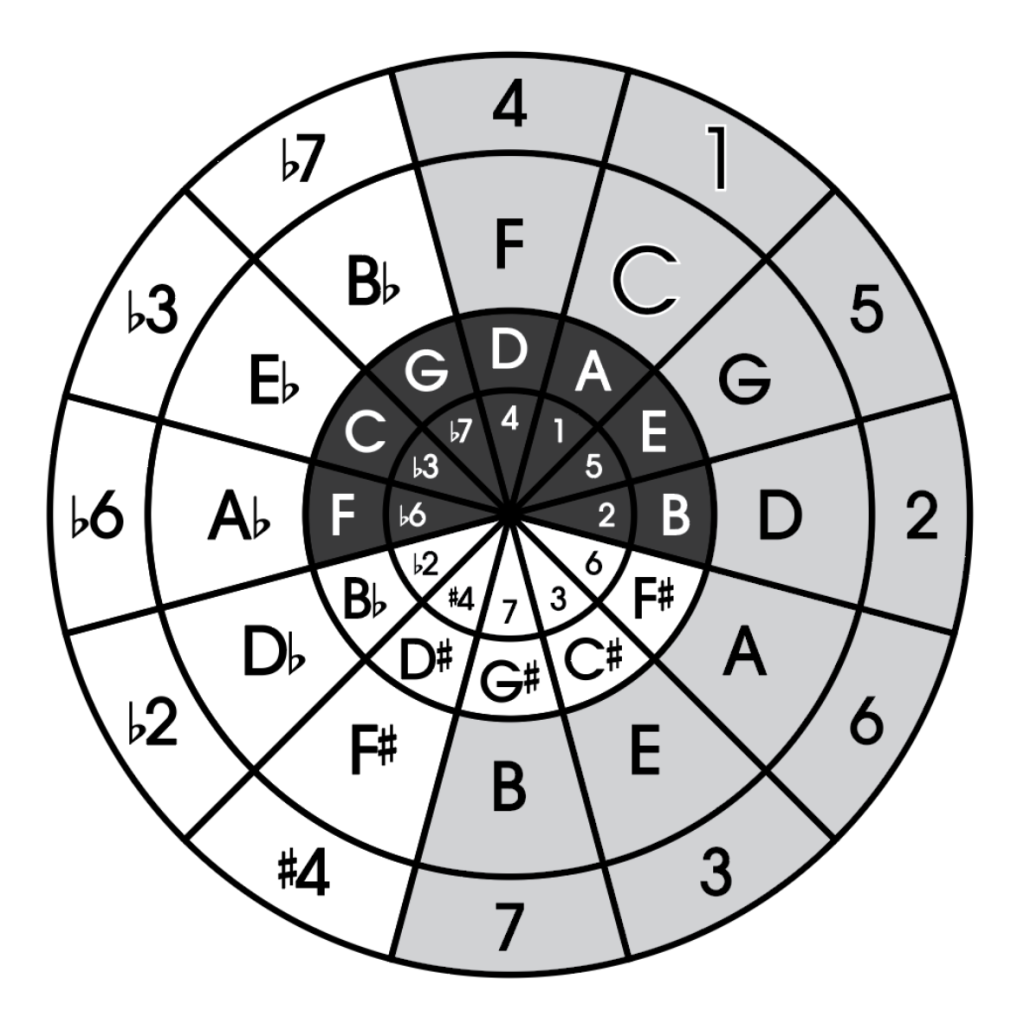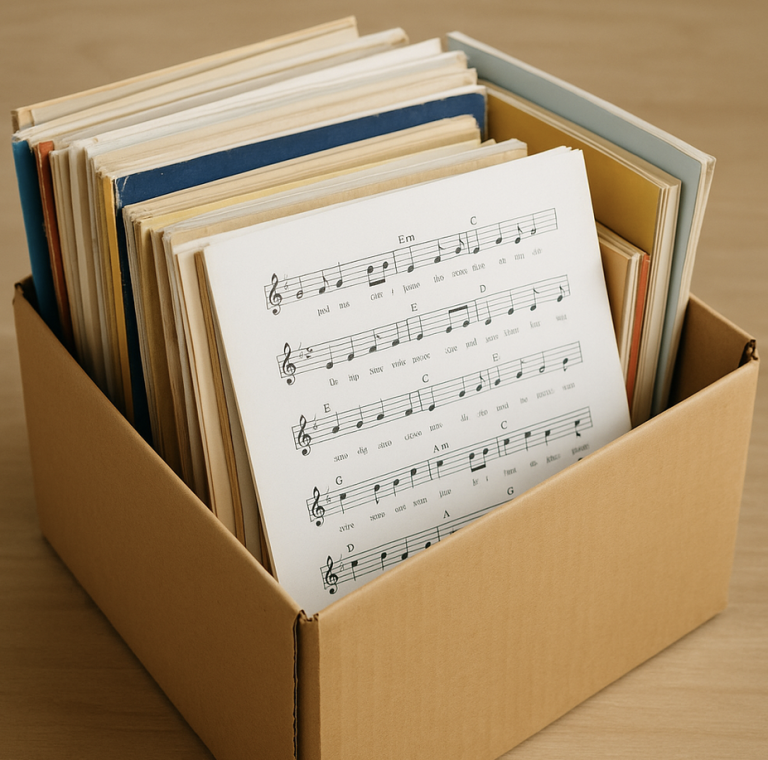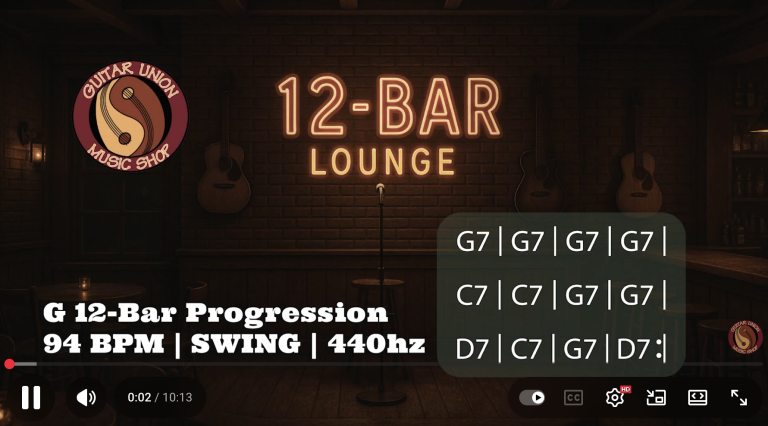How to Read and Use a Circle of Fifths Chart for Music Theory Success
Unlock Music Theory with This Essential Visual Tool
If you’re studying music and looking for a way to better understand key signatures, chord progressions, and harmonic relationships, a Circle of Fifths chart might just be the single most useful tool in your toolkit.
At Canton Music Academy, we teach students of all ages how to make sense of music theory, not just memorize it. A well-designed Circle of Fifths chart visually organizes musical keys in a way that makes understanding relationships between them feel intuitive. If you’re curious about how it works — and how to apply it to your own practice or teaching — this post breaks it all down.
And if you’d like a clean, professionally designed free PDF Circle of Fifths chart, we’ve got you covered with a download link below.

What is a Circle of Fifths Chart?
A Circle of Fifths chart visually represents the 12 keys of Western music, arranged in a circular pattern where each key is a perfect fifth apart from the next. It’s one of the most essential visual aids in music theory, providing a quick reference for:
- Key signatures (sharps and flats)
- Relative major and minor keys
- Harmonic relationships
- Chord progression possibilities
- Transposing between keys
Moving clockwise around the circle shows keys with increasing sharps; moving counterclockwise shows keys with increasing flats. The chart often highlights C Major and A Minor at the top because they contain no sharps or flats, making them the “home base” in Western tonal music.
How a Circle of Fifths Chart Helps Musicians and Students
Whether you’re learning piano, guitar, saxophone, or voice, this chart becomes a go-to visual whenever you’re working with scales, transposing songs, or writing music.
Practical Uses for a Circle of Fifths Chart
| Purpose | How It Helps |
|---|---|
| Identify Key Signatures | Quickly determine sharps or flats in any key |
| Understand Harmony | Learn which chords naturally fit together |
| Transpose Songs | Shift music to new keys confidently |
| Compose Music | Discover related keys for modulation |
| Improvise | Build progressions within related keys |
This chart simplifies what often feels like complicated theory into something clear, consistent, and useful.
Why Visual Learners Love the Circle of Fifths Chart
Many students struggle with the abstract nature of music theory when it’s only presented verbally or through rote memorization. The Circle of Fifths chart offers a visual map to navigate key relationships, making theory tangible and easier to recall.
At Canton Music Academy, we regularly use this chart in lessons to help students:
- Break down songs they’re learning
- Understand scales and intervals more clearly
- Build foundational theory knowledge that sticks
Download Your Free Printable Circle of Fifths Chart
Ready to put this theory into practice? We’ve created a professional, clean, easy-to-read Circle of Fifths PDF that highlights C Major and A Minor for quick reference. It also includes labeled scale degrees, making it ideal for students, teachers, and musicians alike.
👉 Download Your Free Circle of Fifths PDF Here
This resource is perfect to:
- Print and hang in your practice space
- Include in your music lesson binder
- Use as a daily reference when working on music theory
Related Post: Find Music Lessons Near You in Canton, MI
If you’re looking for private music lessons in Canton to take your understanding of music theory further, we’d love to help.
Check out our related post:
Music Lessons Near Me – Canton, MI
FAQs About the Circle of Fifths Chart
Why is it called the “Circle of Fifths”?
Because each key signature moves up or down by an interval of a perfect fifth, creating a circular visual pattern.
Does this chart apply to all instruments?
Yes! Whether you’re playing piano, guitar, brass, or woodwinds, this chart helps clarify key signatures and harmony.
How is this different from a key signature chart?
A key signature chart lists sharps or flats per key; the Circle of Fifths chart shows relationships between keys, making it more versatile.
Is this suitable for beginners?
Absolutely. While it’s a powerful tool for advanced musicians, it’s presented simply enough for beginners to benefit right away.
Can I use this in my music classroom?
Of course! We encourage teachers to print and share this resource with students.
Final Thoughts: Start Making Theory Work for You
A Circle of Fifths chart isn’t just a diagram — it’s a roadmap for understanding music on a deeper level. Whether you’re a teacher, student, or working musician, this simple tool helps you play smarter, compose with more confidence, and approach theory with clarity.
🎵 Download Your Free Circle of Fifths PDF Here 🎵
Or, if you’d like to work with a teacher who can help you apply this knowledge in practice, check out our lesson options at Canton Music Academy.






